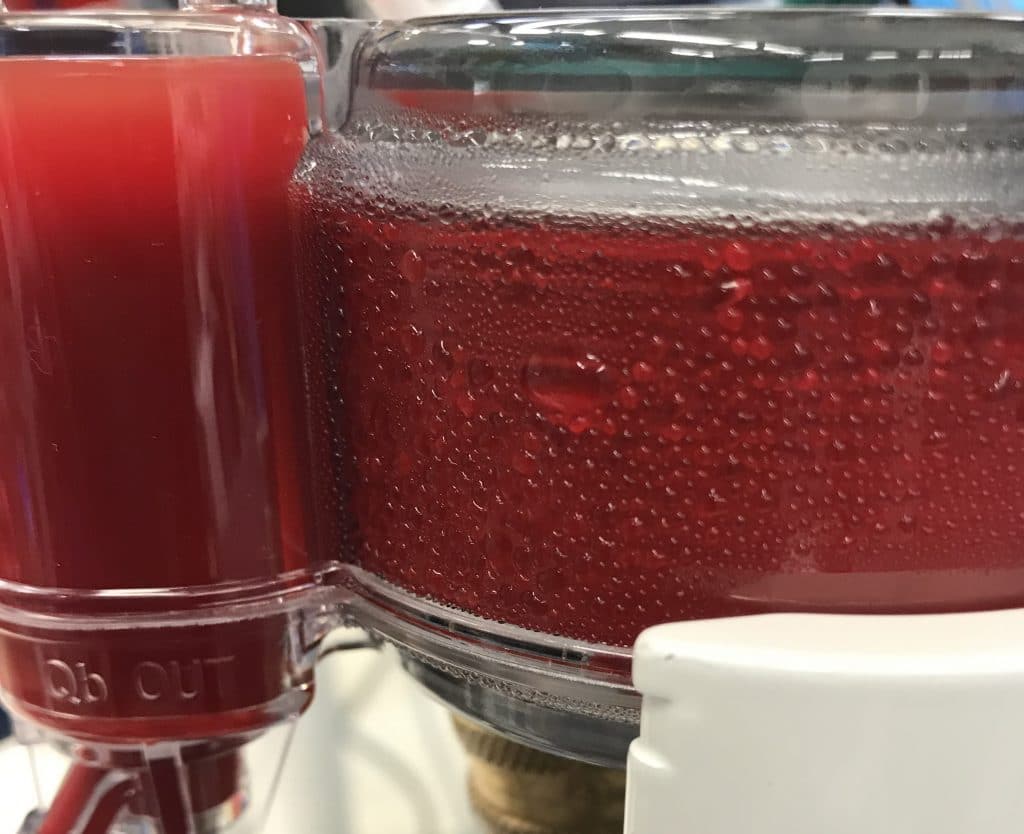A Pumpless Artificial Lung without Systemic Anticoagulation: the Nitric Oxide Surface Anticoagulation System

Background
Artificial lungs have the potential to serve as a bridge to transplantation or recovery for children with end-stage lung disease dependent on extracorporeal life support, but such devices currently require systemic anticoagulation. We describe our experience using the novel Nitric Oxide (NO) Surface Anticoagulation (NOSA) system—an NO-releasing circuit with NO in the sweep gas—with the Pediatric MLung—a low-resistance, pumpless artificial lung.
Methods
NO flux testing: MLungs (n = 4) were tested using veno-venous extracorporeal life support in a sheep under anesthesia with blood flow set to 0.5 and 1 L/min and sweep gas blended with 100 ppm NO at 1, 2, and 4 L/min. NO and NO2 were measured in the sweep and exhaust gas to calculate NO flux across the MLung membrane. Pumpless implants: Sheep (20–100 kg, n = 3) underwent thoracotomy and cannulation via the pulmonary artery (device inflow) and left atrium (device outflow) using cannulae and circuit components coated with an NO donor (diazeniumdiolated dibutylhexanediamine; DBHD-N2O2) and argatroban. Animals were connected to the MLung with 100 ppm NO in the sweep gas under anesthesia for 24 h with no systemic anticoagulation after cannulation.
Results
NO flux testing: NO flux averaged 3.4 ± 1.0 flux units (x10−10 mol/cm2/min) (human vascular endothelium: 0.5–4 flux units). Pumpless implants: 3 sheep survived 24 h with patent circuits. MLung blood flow was 716 ± 227 mL/min. Outlet oxygen saturation was 98.3 ± 2.6%. Activated clotting time was 151±24 s. Platelet count declined from 334,333 ± 112,225 to 123,667 ± 7,637 over 24 h. Plasma free hemoglobin and leukocyte and platelet activation did not significantly change.
Conclusions
The NOSA system provides NO flux across a gas-exchange membrane of a pumpless artificial lung at a similar rate as native vascular endothelium and achieves effective local anticoagulation of an artificial lung circuit for 24 h.
